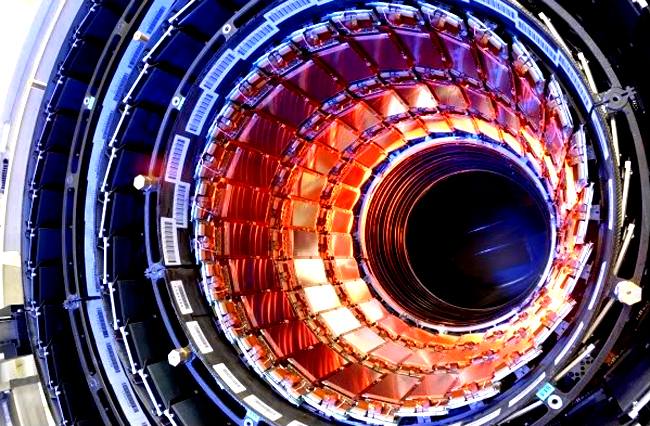Sci-Tech
The Large Hadron Collider is back on track, scientists beam

The Large Hadron Collider’s stormy and difficult birth seems to have been much like the Big Bang it was built to emulate. First, its super-conducting magnets overheated when it was launched in late 2008, causing a year-long delay. Then a few weeks back, a bird chowing down on a piece of baguette shorted out power to the doughnut-shaped tunnel buried deep under the Franco-Swiss border – at least that’s what we think happened.
Now, however, scientists are over the moon after they sent particle beams in both directions around the 27km circuit this weekend in a test that took them further than they had ever gone before. New instrumentation and computer software installed after the initial “Big Bang” (when the system crashed just after launch) have helped the world’s largest atom smasher whizz quickly back to life after its brush with a basic item of French cuisine. But there’s lots of work to be done before the real physics can begin.
The LHC is designed to accelerate packets of atomic particles in dense beams at close to the speed of light (about 300,00km/sec), and then smash beams travelling in opposite directions head-on into each other so that the high-energy collisions can tease out the deepest secrets of the beginnings of the universe. After the bird-brained baguette incident, scientists are now calibrating their detection equipment using a very low intensity proton beam that zips round the collider at 11,000 times a second, (297,000km/sec) which will help prevent damage to the LHC if things get out of control. Some people worry that the Earth will be sucked into a black hole when the machine is running at full tilt (at 600 million collisions a second), but physicists strenuously deny the $10 billion accelerator is a Doomsday device.
Developed by the European Organisation for Nuclear Research, or Cern, the LHC should run at seven times more energy than the world’s current most powerful accelerator near Chicago. And now that things are back on track, scientists hope to accelerate particles at the highest energy levels ever tested early in the new year. At these levels, the machine is expected to provide experimental evidence of the existence or non-existence of what’s called the Higgs boson – a theorised elementary particle that pretty much makes the world (and everything else) go round, by giving mass to other particles.
As they say of the Starship Enterprise: “Their mission: to boldly go where no [person] has gone before”. Or, in this case, where no particle beam has gone before.
By Mark Allix
Read more: Howstuffworks, University of London
Follow CERN on Twitter: twitter.com/cern





 Become an Insider
Become an Insider